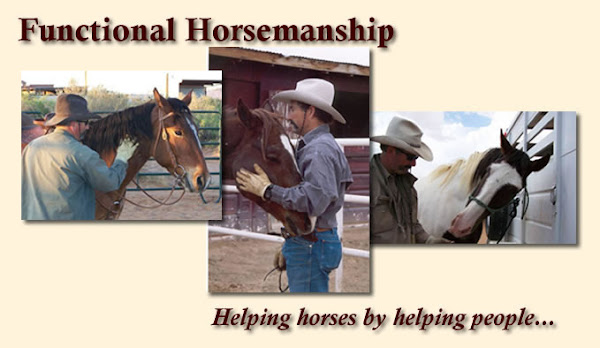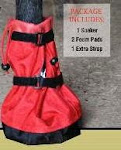President Trump, on yesterday 10 July, issued full pardons to Dwight Hammond Jr and his son Steven Hammond, two Oregon ranchers whose imprisonment strained already low confidence in how some Federal land management agencies treat some ranchers bordering federal land or have grazing permits for federal land. I have served as a Federal Law Enforcement Officer for a Land Management based agency and am ashamed at how some ranchers are treated by Federal agencies and their law enforcement arm, but this is not across the board. Some ranchers have good relationship, even partnerships in land stewardship with their Federal counterparts. Sadly, this was not the case in Harney County, Oregon.
Dwight and Steven Hammond were convicted in 2012 on charges of arson, after federal prosecutors alleged they were responsible for multiple fires (one in 2001 and one in 2006) that spread to government-managed land bordering their ranch, which they purchased in 1964. The Hammonds’ case was controversial for many reasons. First, the Hammonds were convicted under an antiterrorism act which carried a mandatory minimum sentence of five years in prison. This was a fire caveat in the anti-terrorism act intended for intentional acts of sabotage or arson from eco-terrorists or political-religious terrorists intent on destroying infrastructure or human life.
The fire in 2001, was an intentional prescribed fire, used to burn off invasive species of vegetation and otherwise increase the post fire growing of good grazing grass. The fire set on Hammond property, got away from Steve Hammond and burned around 120 acres of Federal land. Hammond made the necessary pre-burn notices and the Hammonds were able to put the fire out themselves. The fire in 2006, was due to a lightening caused fire moving across Federal land towards the Hammonds Ranch. The Hammond started a backfire on their property that was successful in putting out the lightning fire that had already covered thousands of acres within a short time. The Hammonds backfire saved much of their property and grassland needed for their cattle. This backfire however burned approximate one acre of Federal land.
Second, the federal prosecution of the Hammonds followed decades of harassment by the Bureau of Land Management (BLM) and the Fish and Wildlife Service (FWS) where these agencies, one of the other, filed false charges leading to the arrests of the Hammonds 20 years earlier; blocked state roads to keep the Hammonds from accessing parts of their ranch; built fences to keep Hammond cattle from water; conducting searches of the Hammonds property and home; and, further filing false charges with local law enforcement against the Hammonds. The intent of the harassment was pretty much apparent as those Federal Agencies has bought up other local ranches and needed the Hammonds Ranch (who refused to sell) in order to expand the Malheur National Wildlife Refuge. The Manager for the local field office of the BLM was a woman named Rhonda Karges. The Refuge Manager for the Malheur Wildlife Refuge was Chad Karges - this was a husband and wife team. The Malheur Wildlife Refuge is a horseshoe shape around the Hammonds Ranch. Converting the Hammond's ranch, with it's coveted water source, to a cohesive refuge property was the objective.
Thirdly, while convicted of charges in 2012 and serving time in jail - Dwight Hammond served a three-month sentence while his son Steven served a year in jail - the US Department of Justice challenged the sentences which were shorter than the mandatory minimum, and a Federal Judge resentenced the Hammonds forcing them back to prison to complete five-year terms.
Anyway, good on President Trump for partially righting this wrong. Dwight Hammond is around 76 years old having served 3 years in prison and son Steven is close to 50, and served around 4 years in prison. I'm sure they are happy about the pardons and freedom, but they'll never get that time back nor the $400,000 they paid to settle a civil suit brought on by the Justice Department.
If you read this story elsewhere, where writers link the injustice to the Hammonds with the Ammon Bundy led occupation of the Malheur National Wildlife Refuge Center, just be aware that the Hammonds did not ask for nor condone for supporters to occupy the Wildlife Refuge center which led to a stand off with local, state and Federal Law Enforcement that included the controversial shooting death of Levoy Finicum, a refuge occupier, by Federal agents.














